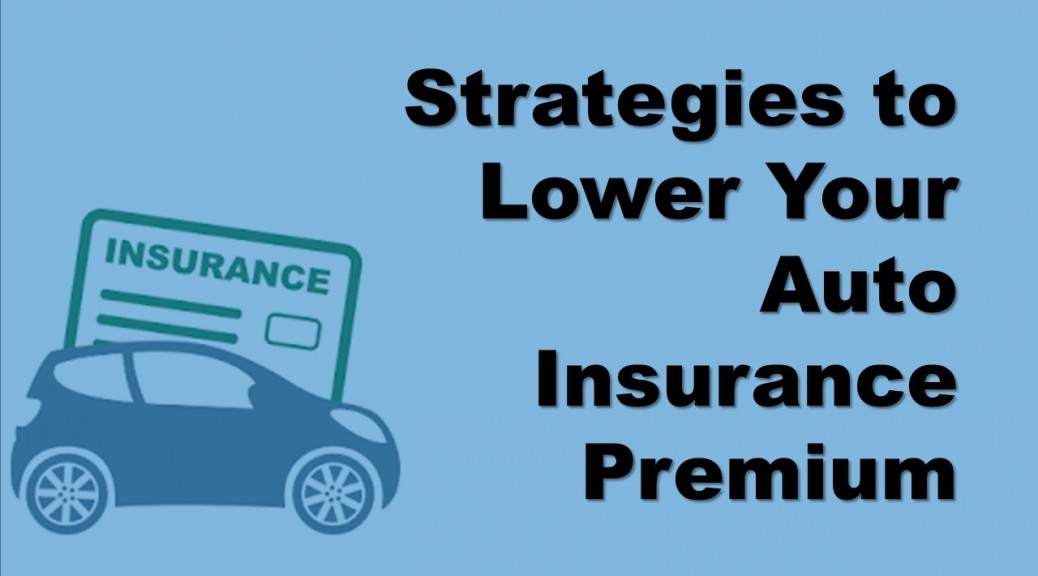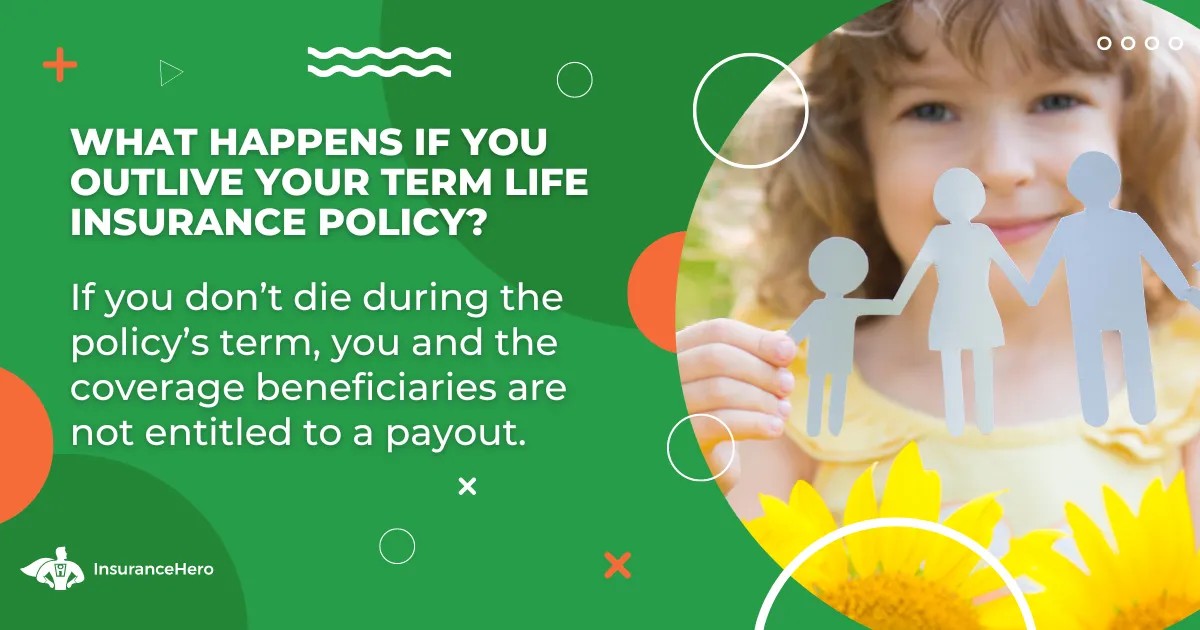Car insurance is a necessary expense for every driver, but that doesn’t mean you have to overpay for your coverage. Many people find themselves surprised by high premiums, often without realizing there are effective ways to lower them. By understanding the factors that influence car insurance rates and making strategic adjustments, you can save money while maintaining adequate protection on the road.
One of the simplest ways to reduce your car insurance premium is by shopping around. Insurance rates can vary significantly from one company to another, so it pays to compare quotes from multiple providers. Many insurers offer discounts or special programs, and some may be a better fit for your profile than others. Taking the time to research and compare can result in substantial savings.
Maintaining a clean driving record is one of the most important factors that affect your premium. Insurance companies reward safe drivers by offering lower rates, while accidents, traffic violations, or claims typically cause premiums to rise. Practicing safe driving habits, obeying traffic laws, and avoiding risky behaviors like speeding or distracted driving can help keep your insurance costs down over time.
Your choice of vehicle also impacts your car insurance premium. Certain cars are cheaper to insure because they are less expensive to repair, have better safety ratings, or are less likely to be stolen. Before buying a new or used car, check its insurance costs and safety features. Choosing a vehicle with high safety ratings, advanced driver-assist technologies, or a lower risk profile can help reduce your insurance premium.
Increasing your deductible is another effective way to lower your monthly or annual premium. The deductible is the amount you pay out of pocket before your insurance covers damages after a claim. By opting for a higher deductible, you agree to pay more upfront in the event of an accident, but your regular premium payments will be lower. This strategy works well if you have a good emergency fund and feel confident handling smaller repair costs yourself.
Taking advantage of discounts can make a big difference in your premium. Many insurers offer discounts for bundling multiple policies, such as combining auto and home insurance with the same company. Other common discounts include good driver discounts, multi-car discounts, student discounts, and discounts for completing defensive driving courses. Be sure to ask your insurer about all available discounts and how to qualify.
Maintaining a good credit score can also help lower your car insurance premiums. In many states, insurers use credit-based insurance scores to predict risk. Drivers with better credit are often considered less risky and rewarded with lower rates. Paying bills on time, reducing debt, and monitoring your credit report can improve your credit standing and, in turn, reduce your insurance costs.
Limiting your annual mileage can be another way to save. Some insurers offer lower rates for drivers who use their cars less frequently, as lower mileage reduces the likelihood of accidents. If you have the option, consider carpooling, using public transportation, or combining errands to reduce how much you drive. Make sure to report your estimated mileage accurately when getting quotes.
Reviewing and adjusting your coverage levels can also lower your premium. While it’s important to have adequate protection, you may be able to reduce costs by dropping unnecessary coverage or lowering limits on optional parts of your policy. For example, if you drive an older car with low market value, you might consider dropping collision or comprehensive coverage. Just be sure to weigh the risks carefully before making any changes.
Installing safety and anti-theft devices on your vehicle can lead to discounts as well. Features like alarms, GPS trackers, and immobilizers reduce the risk of theft and can qualify you for lower premiums. Additionally, vehicles equipped with airbags, anti-lock brakes, and electronic stability control are often cheaper to insure due to enhanced safety.
Another option to consider is usage-based or pay-as-you-drive insurance programs. These programs monitor your driving habits through a mobile app or a telematics device installed in your car. Safe driving behaviors, such as smooth braking, consistent speeds, and limited nighttime driving, can earn you discounts. This option is particularly beneficial for drivers who are generally safe and drive less frequently.
It’s important to review your policy annually and update it as needed. Life changes such as moving, switching jobs, or changes in household members can affect your insurance needs and costs. By staying proactive and discussing your situation with your insurer regularly, you can ensure you’re not paying for coverage you no longer need or missing out on new discounts.
Finally, don’t hesitate to negotiate with your insurance company. If you’ve found better rates elsewhere or improved your driving record, let your insurer know. Sometimes, they may match a competitor’s offer or provide loyalty discounts to retain your business.
In conclusion, lowering your car insurance premiums is achievable through a combination of strategies. Shopping around, maintaining a clean driving record, choosing the right vehicle, increasing deductibles, and leveraging discounts can all help reduce your insurance costs. Regularly reviewing your policy, improving your credit score, and considering new insurance programs can further enhance your savings. By being informed and proactive, you can find affordable car insurance that provides the protection you need without breaking the bank.





